Build-A-Rig Round 2: SilverStone and Crucial Interviews and $800 Back-To-School PCs
by Ian Cutress on October 13, 2015 8:00 AM EST- Posted in
- Build-A-Rig
- Crucial
- SilverStone
- Interview
SilverStone’s ‘Mighty Milo’
Tony was first up to the plate with his build. The choice of the overclockable Pentium combined with the GTX 960 makes it more of a gaming focused system, reinforced by the portable aspects of the case but perhaps limited by the smaller SSD. This build is more focused on portability though, with the expectation that the underlying motherboard and power supply can remain constant over the course of a degree with minor upgrades in time.
| SilverStone's Mighty Milo | |||
| Component | Selection | Price as Chosen |
90-Day Average |
| Processor (CPU) | Intel Pentium G3258 (2C/2T, 3.2 GHz) |
$69.99 | $69.99 |
| Motherboard | ASRock H97M-ITX/ac | $95.99 | $93.20 |
| Graphics Cards (GPU) | Zotac GeForce GTX 960 OC | $179.99 | $179.99 |
| Memory (DRAM) | Crucial Ballistix Sport XT (2x4GB) DDR3-1600 C9 |
$39.99 | $43.95 |
| Storage (SSD) | Crucial BX100 120GB | $69.99 | $67.75 |
| Storage (HDD) | 1TB Western Digital Blue 2.5-in 5400 RPM 8MB Cache |
$60.99 | $60.99 |
| Power Supply (PSU) | SilverStone ST45SF 450W Bronze SFF |
$69.99 | $71.33 |
| Chassis | SilverStone Milo ML08B-H (with handle) |
$84.99 | $84.99 |
| CPU Cooling | SilverStone Argon AR06 | $39.99 | $39.99 |
| Operating System | Microsoft Windows 10 Home 64-bit OEM |
$99.99 | $99.99 |
| Extras | None | ||
| Total | $811.90 | $812.17 | |
Processor (CPU) – Intel Pentium G3258 ($70)
The G3258 is the anomaly in Intel’s product line, released last year as an ‘overclockable anniversary edition’ celebrating 20+ years of the Pentium line. We reviewed it when it was released, and Intel’s goal here was in part to reinvigorate overclocking but also provide a high-frequency lower end part. Intel were cautious however, as due to the dual core with no HyperThreading (which is a Core i3), the G3258 even overclocked can get bogged down when high compute power is needed, even when it hits 4.2 GHz and above. That being said, at $70 it comes in around 50% cheaper than the nearest i3, and still has a high frequency to provide a good responsiveness in single threaded tasks.
Motherboard – ASRock H97M-ITX/ac ($96)
Small form factor motherboards have a tough time to retain all the features of the full sized variants and still be cost effective – sometimes engineering it all into a smaller space takes time and research. As a result we usually see mITX motherboards a little stunted, with fewer DRAM slots, PCIe slots and/or SATA ports as a result. Each generation still comes with a healthy array of $80-$150 boards in this size, and the ASRock H97M-ITX/ac is no different. This one comes with 802.11ac 2x2 WiFi, allowing for more mobility around a dorm room, power connectors in the right places to make it easier to build as well as a trio of options for video output and USB 3.0. The H97 chipset is a little oddball here, wherein it should allow CPU overclocking, and it will be interesting to see how far this four-phase motherboard can push the G3258.
Graphics Cards – Zotac GeForce GTX 960 OC 2GB ($180)
When using a Pentium class processor, gaming is very limited beyond support for various APIs, acceleration tools, or basement settings for eSports/indie titles. Tony added in a GTX 960 for good measure, going for Zotac’s pre-overclocked model for an extra kick. This is still a middle class GPU for 1080p gaming, but should raise the bar to near maximum settings on popular LAN titles such as CS:Go and allow a foray into some high profile games. The extra money that was ‘saved’ by staying at a Pentium means that this GPU gets another $30-40 on it.
Memory – Crucial Ballistix Sport 8GB (2x4GB) DDR3-1600 C9 ($40)
With an $800 budget, there’s little room to splash for high capacity or high speed memory, but given the type of system being built most users can agree that 8GB is a rough sweet spot. Back when we tested DRAM scaling on Haswell processors, we found that there can be some pitfalls when choosing memory but Tony has kept abreast by at choosing DDR3-1600 at a CAS Latency of 9, moving it out of the danger curve.
Storage – Crucial BX100 120GB ($70)
A system of $800 makes a nice entry point into having an SSD drive as the operating system drive, but is perhaps not enough budget to make it go all-out and will require some extra storage, especially for assignments and games. A 120GB drive will sort out Windows 10 and a couple of big software/game packages, and as NAND prices decrease over the next few years there might be space to upgrade to something larger. The BX100 series in the meantime was well received in our review.
Storage – Western Digital Blue 2.5-inch 1TB 5400 RPM 8MB Cache ($61)
For roughly the same price as the 120GB SSD, a 1TB drive is also put into this system as that bulk storage component. The WD Blue brand is specifically designed for desktop PCs, and should be eminently suitable for a back-to-school build with WD's reputation. That being said, this model has a slower rotation speed and cache than we expected, but comes in a 2.5-inch form factor.
Power Supply – SilverStone ST45SF 450W Bronze Power Supply ($70)
One of SilverStone’s well known product lines revolve around small form factor power supplies. I even have a couple as part of my mini-ITX builds, just because they often just fit in and work (personal opinion). For the Milo case being used, having an SFF power supply is a must, and this single rail design comes with three SATA power connectors, two 6-pin PCIe and a 6+2-pin PCIe connector for graphics. As mentioned in his interview, Tony stated that this product has been rigorously tested with larger graphics cards, and in a system this size it might be very difficult to get above the 400W mark with any combination of components anyway.
Chassis – SilverStone Milo ML08B-H with handle ($85)
One of the key components to this build is the chassis. The Milo is a new design from SilverStone, only recently being released. The focus here is on small form factor and mobility, so with that handle it comes across as well suited for a back-to-school system where the dorm has to be vacated every semester or if the user needs to move their system to events. With the $800 budget it was perhaps a bit too much to ask for something similar in say aluminum, but it will be interesting to see how easy it is to build a system inside and carry around with all the components.
CPU Cooling – SilverStone Argon AR06 ($40)
As Tony chose an overclockable processor and a suitable motherboard, it makes sense that there needs to be sufficient cooling for an overclock. SilverStone’s AR06 cooler, according to Tony, is good for 80-90W of cooling which is above the 53W TDP listed for the G3258 processor. This means there should be some headroom, as long as the chassis can ventilate it. The cooler is also specially designed for mini-ITX form factor chassis such as the ML08B.
Operating System – Microsoft Windows 10 Home 64-bit OEM ($100)
Windows 10 would presumably be the obvious choice here, given the soon-to-be relevance of DX12 as well as features such as Cortana and the return of a proper start menu.
Overall Build
| SilverStone's Mighty Milo | |||
| Component | Selection | Price as Chosen |
90-Day Average |
| Processor (CPU) | Intel Pentium G3258 (2C/2T, 3.2 GHz) |
$69.99 | $69.99 |
| Motherboard | ASRock H97M-ITX/ac | $95.99 | $93.20 |
| Graphics Cards (GPU) | Zotac GeForce GTX 960 OC | $179.99 | $179.99 |
| Memory (DRAM) | Crucial Ballistix Sport XT (2x4GB) DDR3-1600 C9 |
$39.99 | $43.95 |
| Storage (SSD) | Crucial BX100 120GB | $69.99 | $67.75 |
| Storage (HDD) | 1TB Western Digital Blue 2.5-in 5400 RPM 8MB Cache |
$60.99 | $60.99 |
| Power Supply (PSU) | SilverStone ST45SF 450W Bronze SFF |
$69.99 | $71.33 |
| Chassis | SilverStone Milo ML08B-H (with handle) |
$84.99 | $84.99 |
| CPU Cooling | SilverStone Argon AR06 | $39.99 | $39.99 |
| Operating System | Microsoft Windows 10 Home 64-bit OEM |
$99.99 | $99.99 |
| Extras | None | ||
| Total | $811.90 | $812.17 | |
Back-to-school systems have to come in a variety of shapes and forms. The system that a film studies student needs is different to what a computer science or an engineer might need, with varying degrees of DRAM and storage eating software on both sides, and the desire to have sufficient computing power to push through a render or a compile while still having a decent system to play some games. $800 is a reasonable sized budget for this, and the SilverStone build focuses on both portability and gaming, with a potential nod to high-single thread performance. With Skylake still being a little difficult to get hold of, a Haswell based system should still provide a good set of numbers for a few years, or easily be upgraded to an i5 or i7 when that next student loan check arrives. As many students through the years have proven, you can survive through school on cheap ramen and free anime.


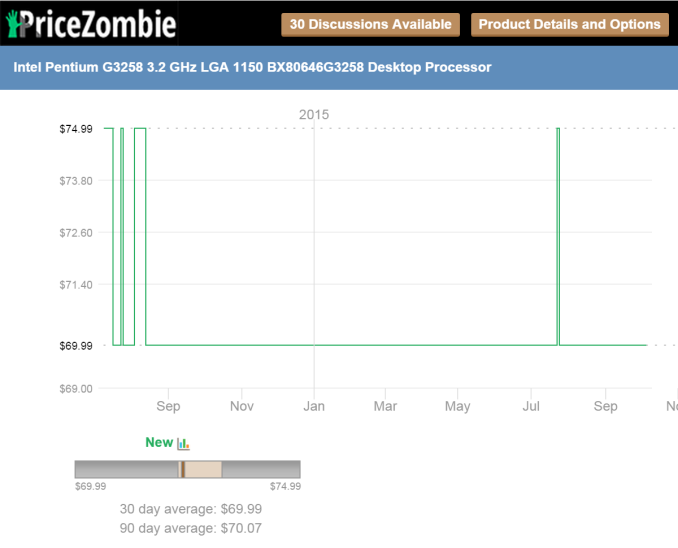
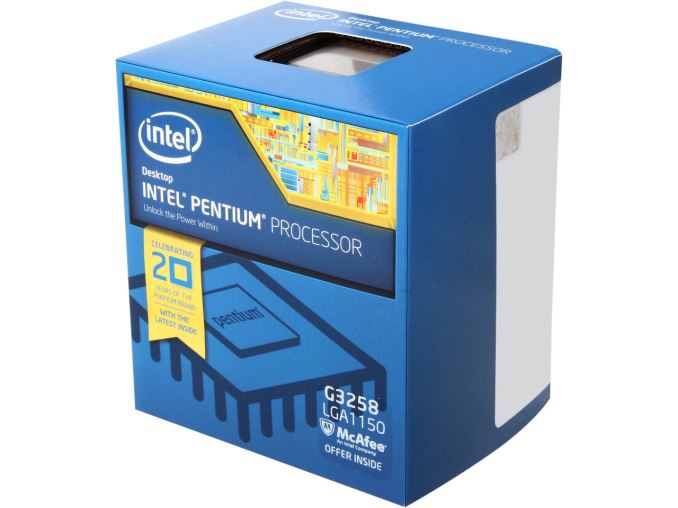
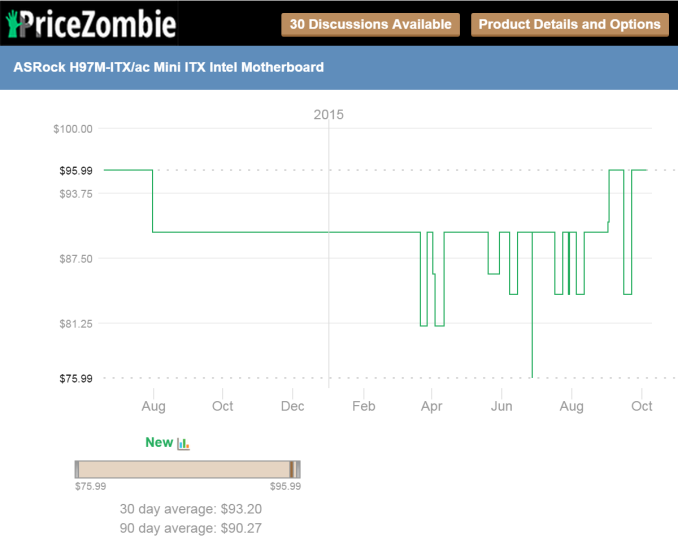
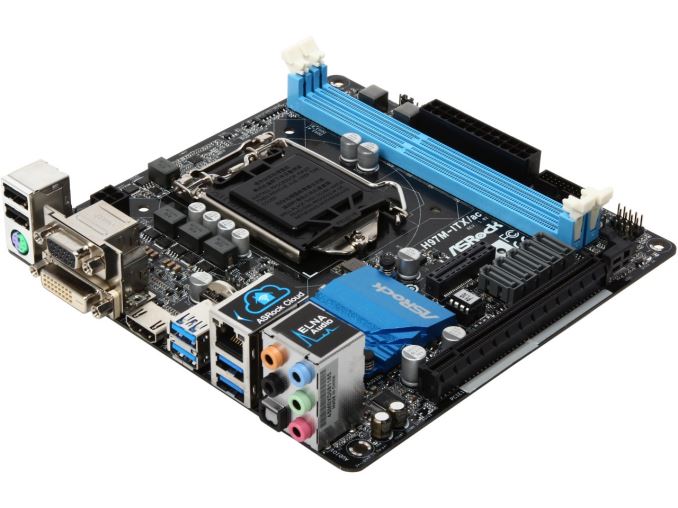
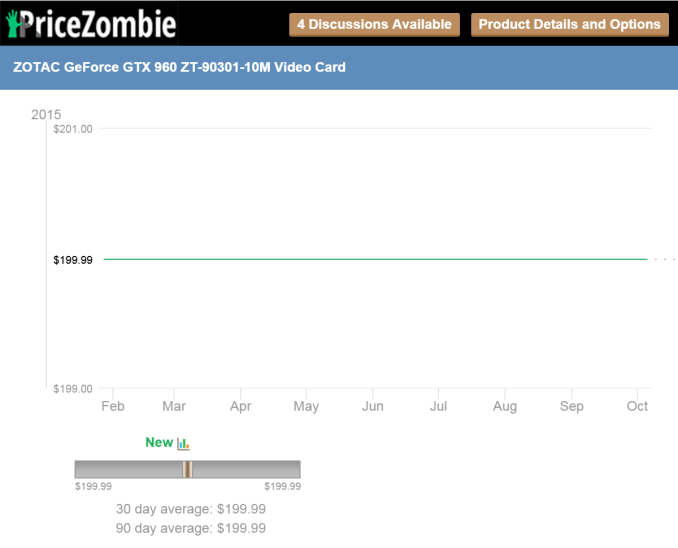
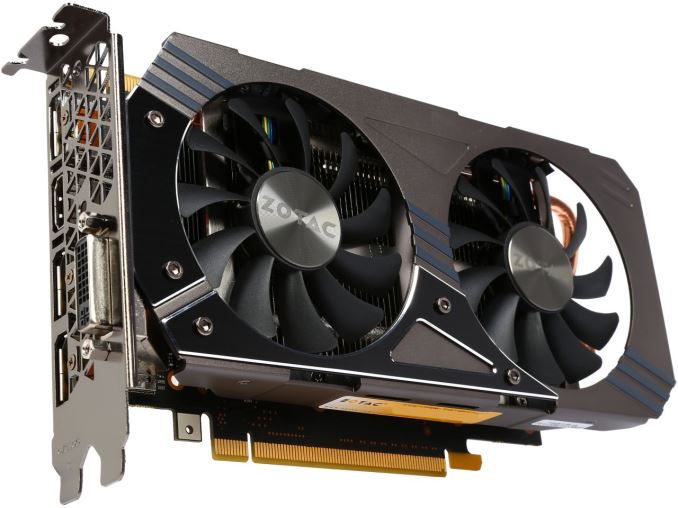
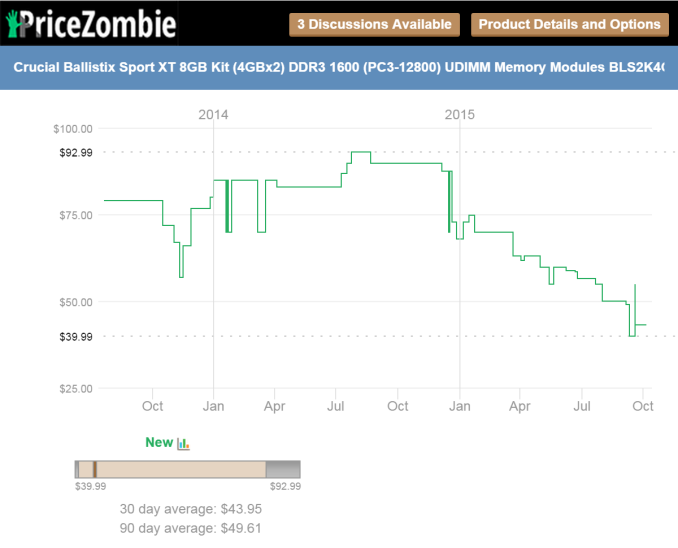
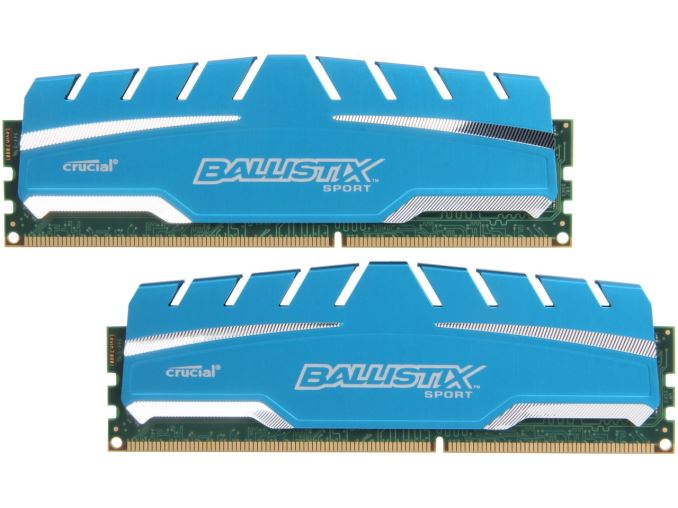
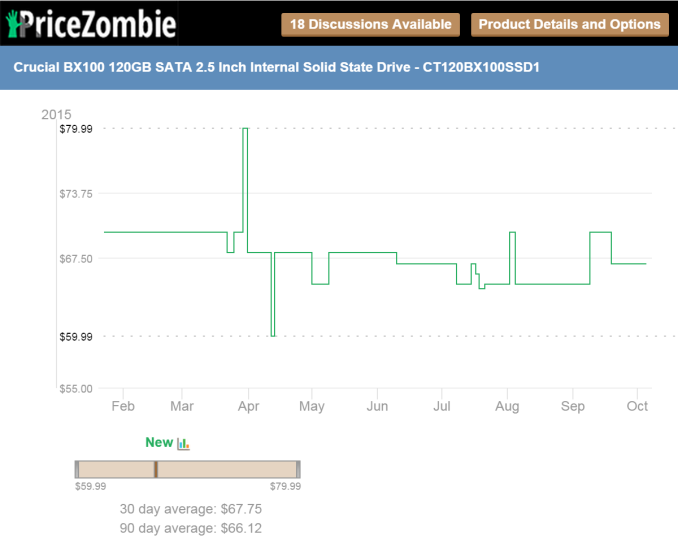
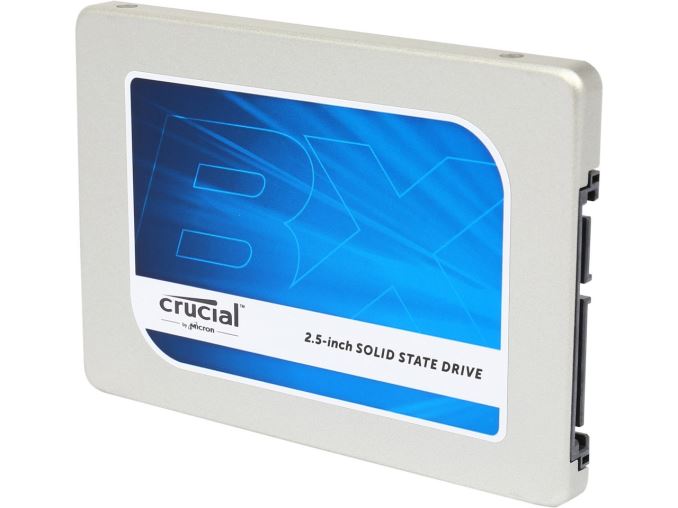
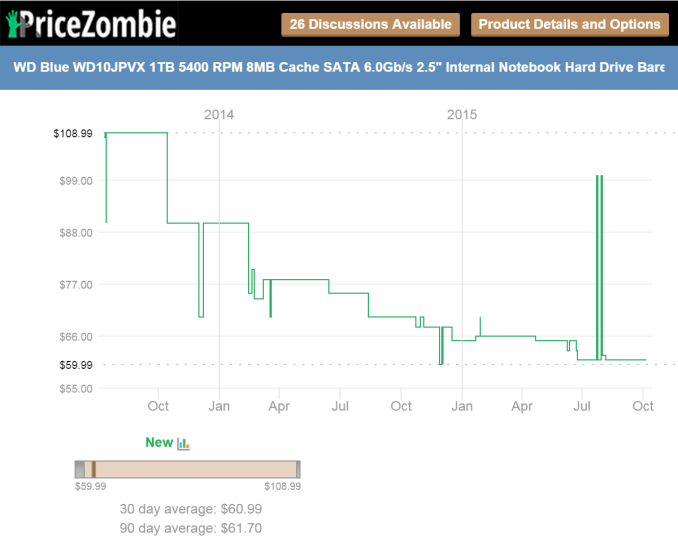
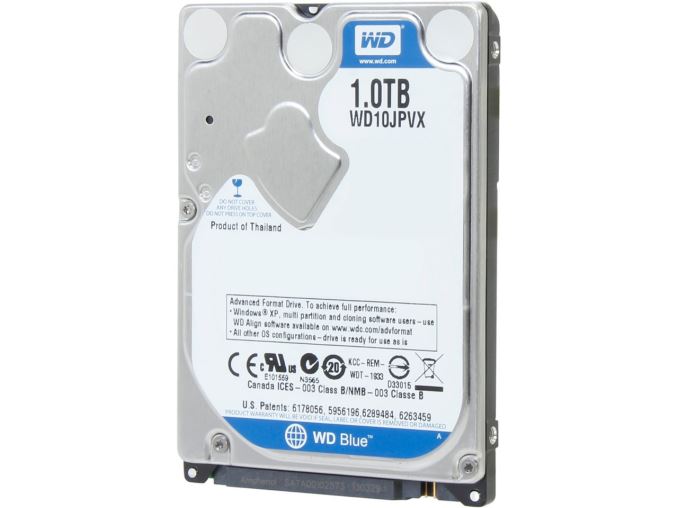
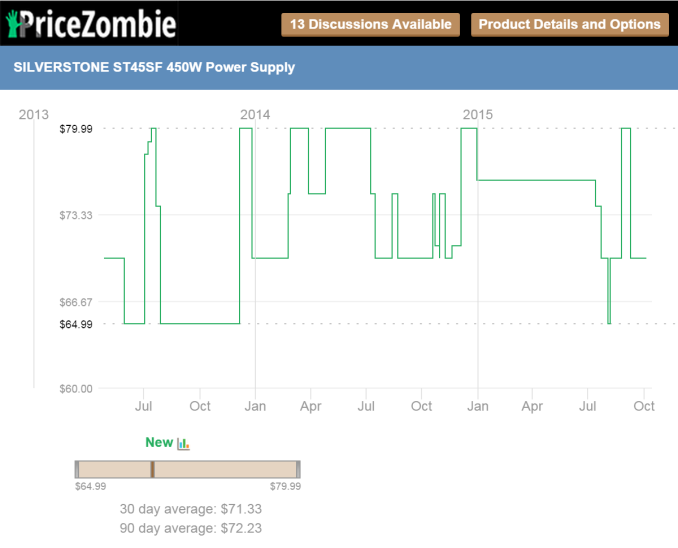
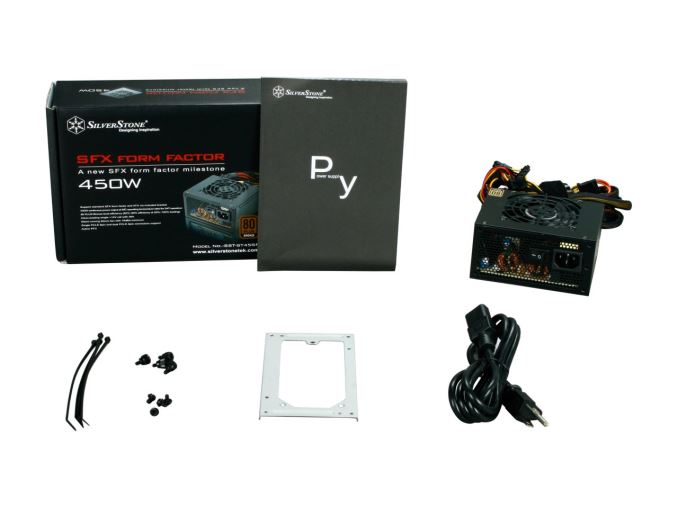
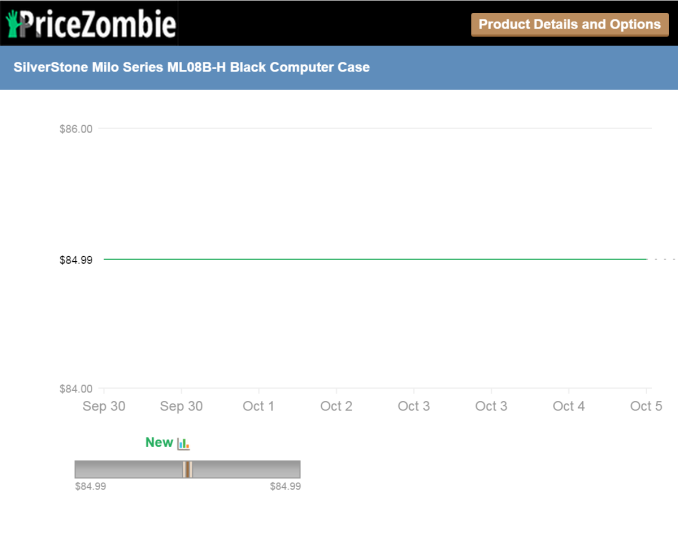
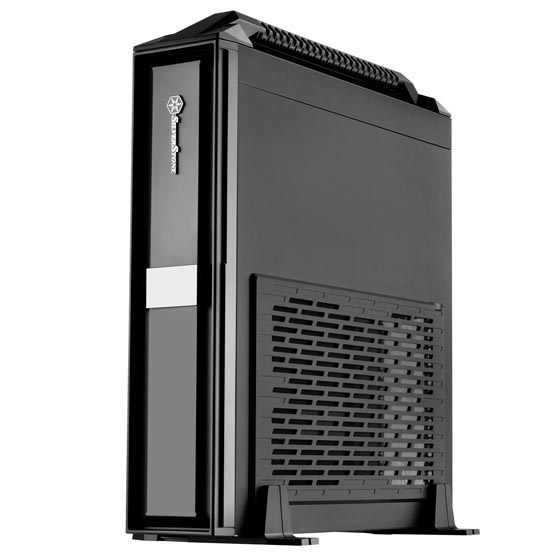
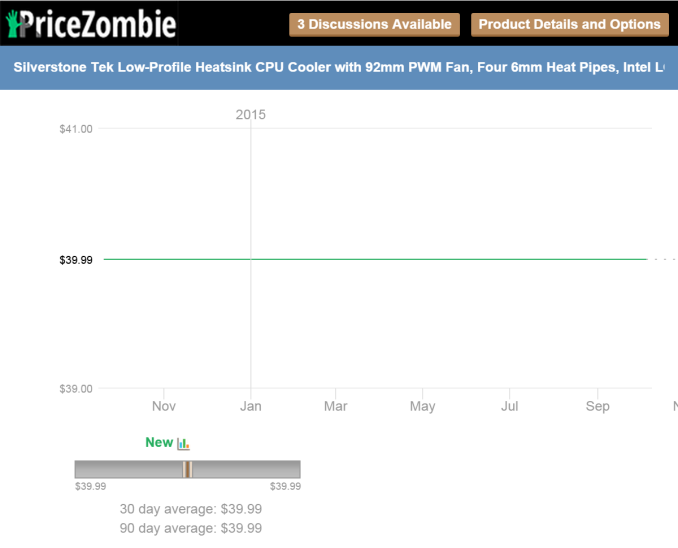
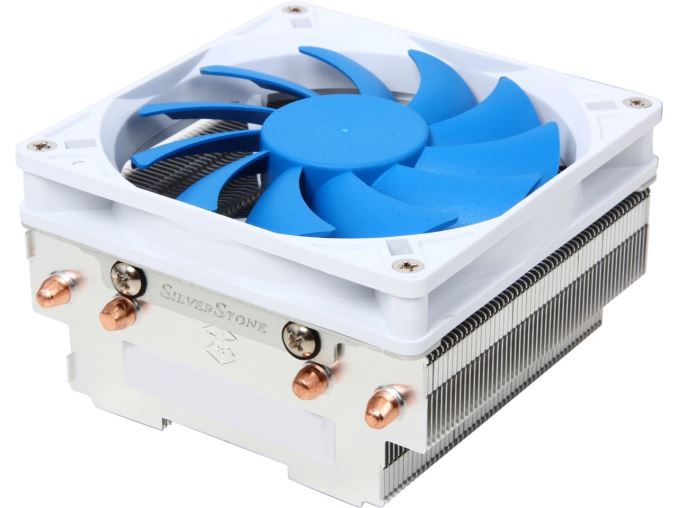
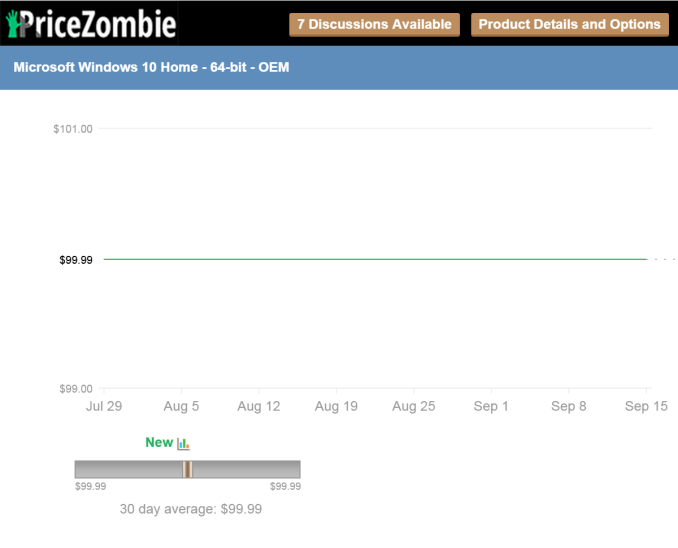
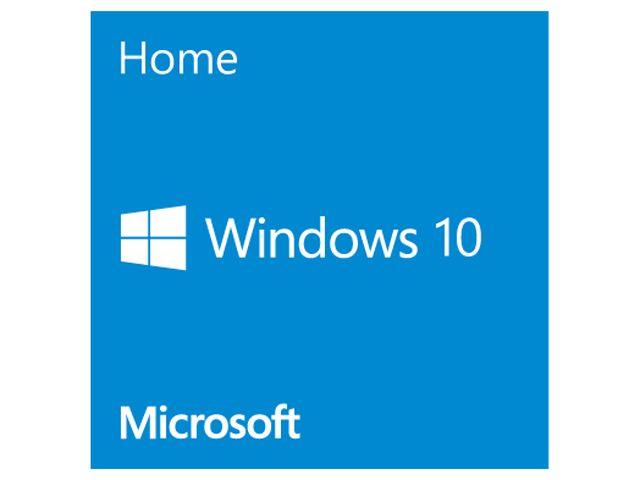








93 Comments
View All Comments
jgarcows - Wednesday, October 14, 2015 - link
I can't believe the SSD he picked for the first system. For $20 more, he could have had the 250 GB version of the BX100. That would have let him drop the 1TB HDD (why bother with the hassle of a second drive for so little additional storage) and given him $40 more to spend somewhere else.cknobman - Tuesday, October 13, 2015 - link
Two excellent builds!!I am torn as well since both have distinct advantages and disadvantage.
Good thing is neither build has a crippling disadvantage.
Great case choices too :)
Crucial has the storage and processor advantage.
Silverstone has the gaming advantage.
I'd be happy to own either one but if I absolutely had to pick one it would be the Silverstone and I would probably put it in my media room and hook it up to my plasma TV.
DanNeely - Tuesday, October 13, 2015 - link
More or less how I feel; with the caveat that by going equally far over budget Crucial could match Silverstone in the gaming dept.If I was going to tweak either design, I'd probably dump the HDD and go with a budget 512GB SSD as my sole storage. As long as you're not collecting TV/Movie rips it's plenty of space, and having done it in the past I really don't like the idea of having to deal with split storage again. Even with an SSD big enough to handle everything but media files it was still a hassle.
fokka - Tuesday, October 13, 2015 - link
good points. i agree that the crucial build should have gone with the 960, while still not costing more than the silverstone rig. but of course the builders didn't know their respective hardware choices, so pitfalls like this aren't surprising.i like your idea with the 512gb ssd. personally i need more than 256gb of storage, but i don't really need more than 512gb. omitting the hdd would be a good way to save a couple of bucks so you can upgrade the ssd and have a simpler setup with better performance. you also save some power and have less vibrations, but i guess that's not that big of a deal in a gaming system.
coconutboy - Thursday, October 15, 2015 - link
Good summary Dan. I'm really like that Milo case (Thermaltake Cube isn't bad either), but it'd be tough to argue against Jeremy's build if he had a 512GB ssd and a gtx 960.Too bad the deadline was so far back, because in the past 3 weeks or so, there have been a number of 500GB+ Crucial/Samsung ssds for $130-150. Given that option, I wonder if Tony/Jeremy would have ditched their hdds and gone all in on ssds?
BrokenCrayons - Tuesday, October 13, 2015 - link
Like fokka said, this is a much closer call than the higher budget systems (though I really preferred Hey Good Lookin :) between those two). Each of these systems has distinctive advantages and they both show thought and care in component choices. Milo has some future-proofing with respect to CPU upgrades, a really nice case, and a bit more GPU. Bantam's got a solid CPU, lots more solid state storage, and includes a DVD drive -- something a lot of us still can't quite escape needing once in a while. So yeah, I can't outright favor one or the other. They're both excellent builds within their budget constraints.On a side note, I've really enjoyed these build-a-rig articles just in general. While the heart of it is building a system within a budget and comparing it, the interviews that go along with it are an enjoyable read. I hope Anandtech continues to run these sorts of things on occasion as technology changes.
jaydee - Tuesday, October 13, 2015 - link
I like the case, SSD, CPU of the Crucial build, not much of a gamer, so GPU isn't a big deal to me. 600W is total overkill though for a 54W CPU and 90W GPU. This system isn't going to max out higher than 200W, so you're always in the sub-optimal range for this power supply, so I believe that is a poor choice. I'd much rather see a SFF 300-400W PSU like FSP or Silverstone.fokka - Tuesday, October 13, 2015 - link
i agree. many people seem to buy 600w PSUs "just to be save", but i think on a custom build like this a 3x oversized psu can almost be considered a poor choice. but as always, to each their own.zero2dash - Tuesday, October 13, 2015 - link
Assuming the Intel Microcode update doesn't remove the Silverstone build's ability to OC like it has with a lot of other boards - I'd much rather have that build, because I think you come out ahead in performance CPU+GPU especially if you can OC, vs. the i3 with the weaker GPU.fokka - Tuesday, October 13, 2015 - link
the question is how much ahead? you're saving on the cpu, but spending more on the board and the cooler, just to have the "hassle" of overclocking. i'm not saying it doesn't make any sense but personally i would prefer the i3 and be set.